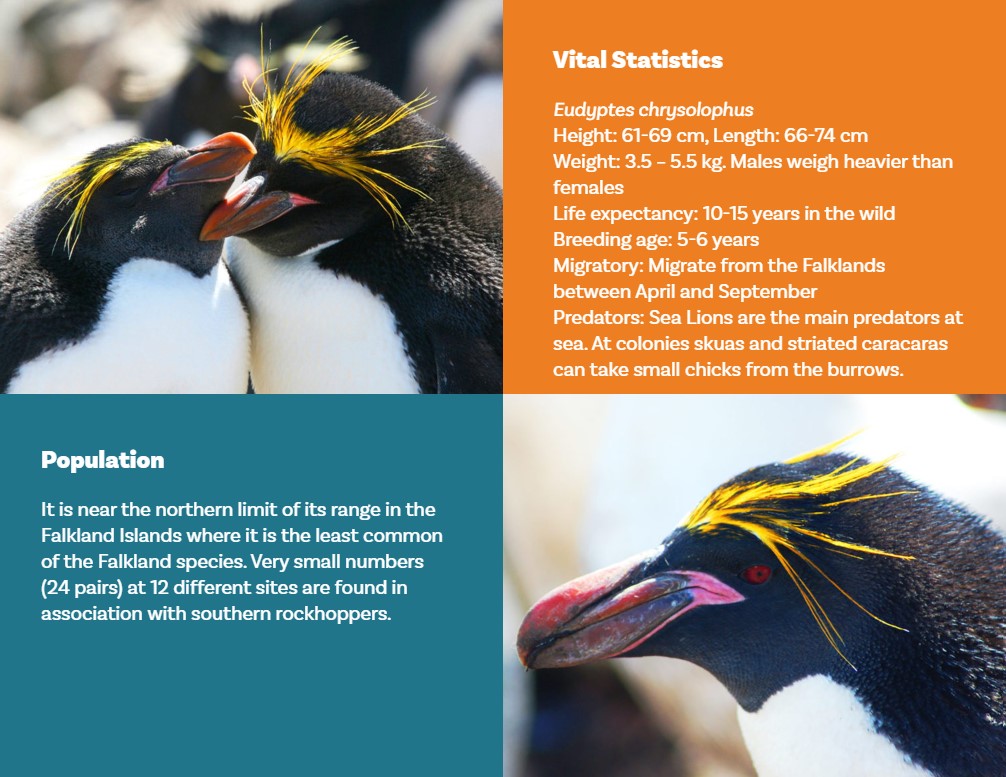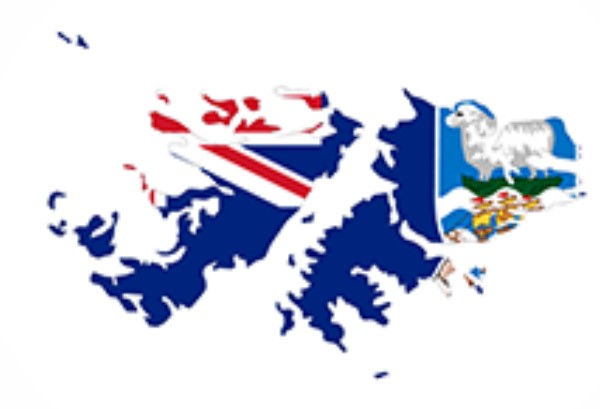
If you are anything like me you had never heard of the Falkland Islands prior to 1982 when Argentinian military forces invaded the islands.
This triggered the Falklands War.
At various times prior to this, the islands have had French, British, Spanish, and Argentine settlements. While Britain asserted its rule in 1833 Argentina maintains its claim to the islands. After the Argentine invasion in 1982 the British sent troops and took back control within 2 months.
But not before 907 lives were lost: 649 Argentinian, 255 British and three Falkland Islanders.
In 2013 when given a choice (via referendum) almost all Falklanders voted in favour of remaining a UK overseas territory. There is very little on the islands and I cannot see any reason that 907 people had to die over it. The islands made its name as a “Wrecking Trade” (the business of selling and buying shipwrecks and their cargoes). However, this declined after the phasing out of sail ships.
The chain is made up of East and West Falkland Islands along with a further 776 smaller islands. In 1881, they became financially independent of Britain (on the back of the wool trade), but the United Kingdom takes responsibility for their defence and foreign affairs.
There are less than 4000 people actively living in the Falkland Islands. While this is true, it is one of the world’s great penguin capitals with as many as a million penguins nesting in the Falklands every summer.
The Falklands and us
Well, this was a bit of a fizzer for us. We made it all the way over here only to stare at the islands from the ship. The port is not big enough to allow the ship that we were on to dock. When this is the case we typically get on the tenders (lifeboats) and have a series of them running, ferrying us to and from shore.




Sadly, on the day we arrived the wind was howling at 45 knots (83 kph). The tenders do not operate safely (being lowered and getting people on and off) in such high winds and the decision was made to move on instead of risking injury. We were not alone, another cruise ship was in the same predicament and the overall consensus was to move on.
Jill did manage to get one good photo of the other ship and a rainbow in one of the few moments of calm but most of that particular day was pretty bleak.



Because I had already done my prep-work on the Falklands (and there was not really that much to see and do) I figured that I would post anyway, even though our experience was fleeting.

We were due to land in the capital Stanley which is rainy and cool all year round with strong westerly winds (isn’t this the truth). The other way in is by plane, but the airport is 56 km from town. The list of things to see and do is pretty slim and included.

The Falkland Islands Museum which provides a brief history of the Falklands (including the conflict) and some exhibits of flora & fauna.
Christ Church Cathedral (southernmost Cathedral in the world) which was built in 1890-92.
Outside it is the monument made from the jawbones of two blue whales and was made in 1933 to celebrate 100 years of British rule on the islands.
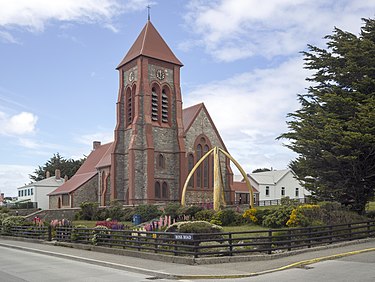
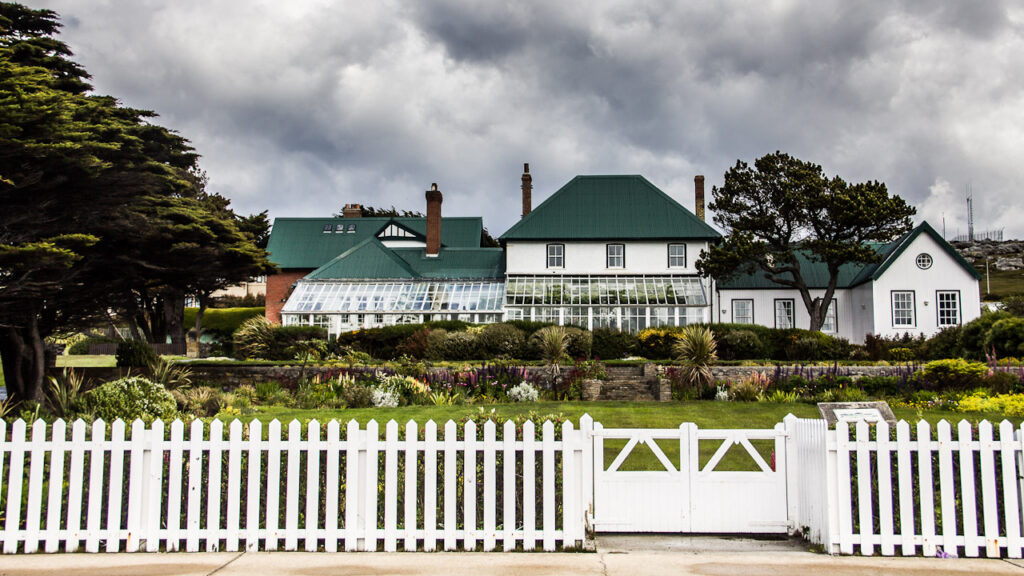
The Government House was the mid-19th-century residence of the governor.
1982 memorial – Falklands War memorial, erected to the memory of the British troops. There are several other War memorials around the town
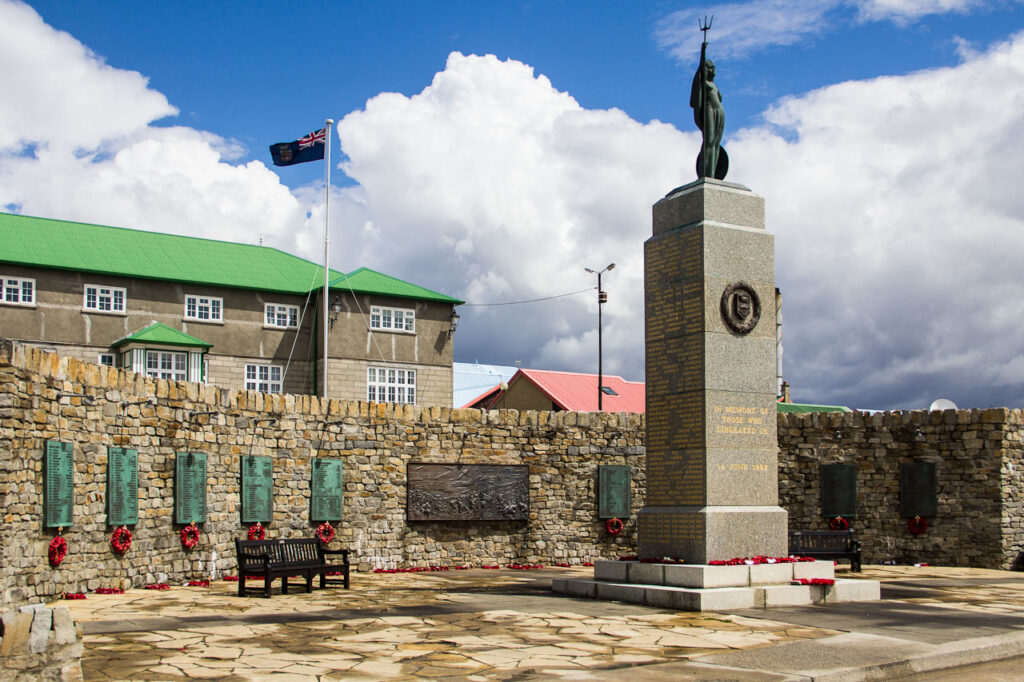
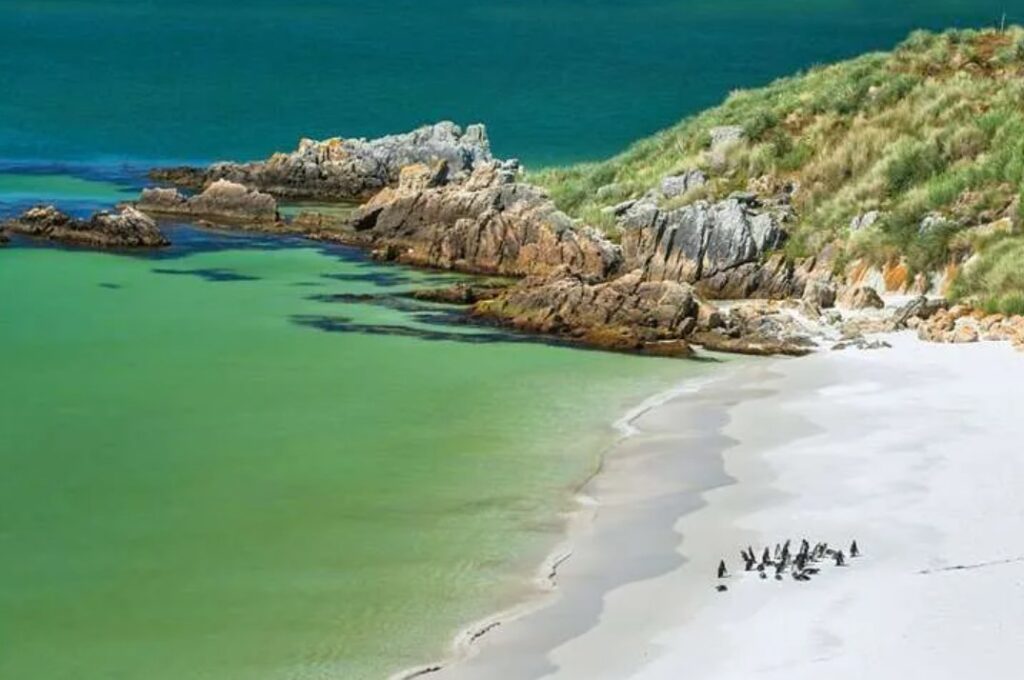
Gypsy Cove is a 15 minute drive from town and is the closest point that visitors can encounter penguins.
Penguins
There are five of the world’s seventeen species – King, Gentoo, Rockhopper, Magellanic and Macaroni (pictured in order L-R). Falklands Conservation work to protect and monitor the penguins by annual monitoring of breeding penguins, advocating for sustainable management of Falklands marine areas, and caring for penguins which have been oiled at sea.





And because I have decided that I like penguins here are some basic facts shamelessly stolen from the Falklands Conservation website.
King Penguins

Gentoo Penguin
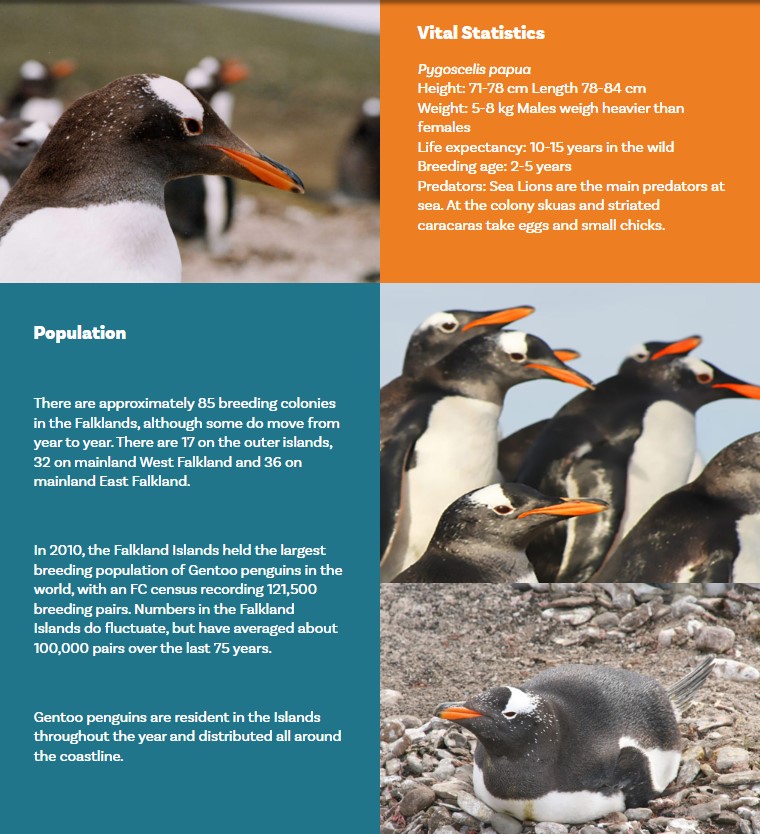
Rockhopper Penguin
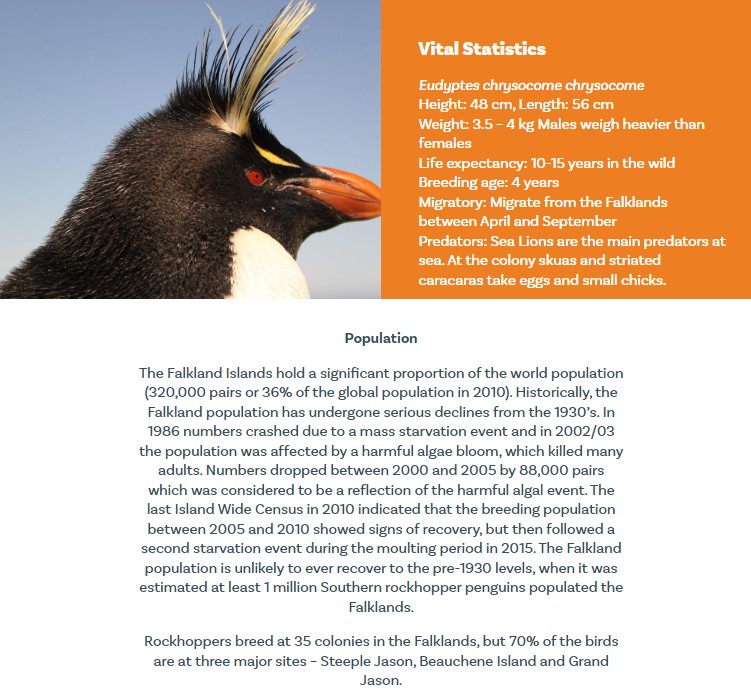
Magellanic Penguin
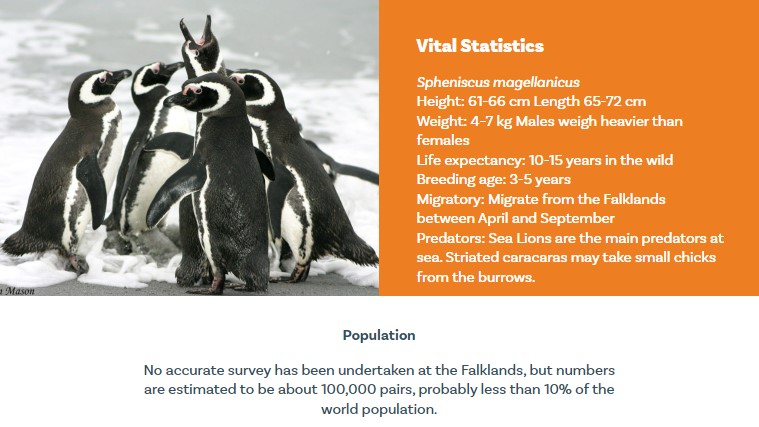
Macaroni Penguin
